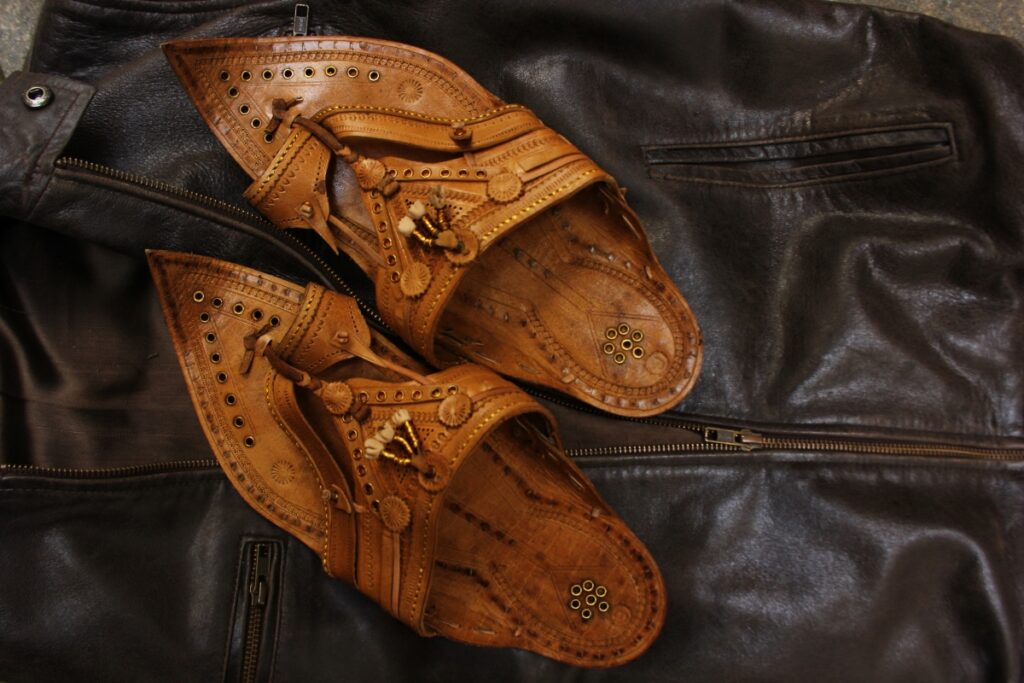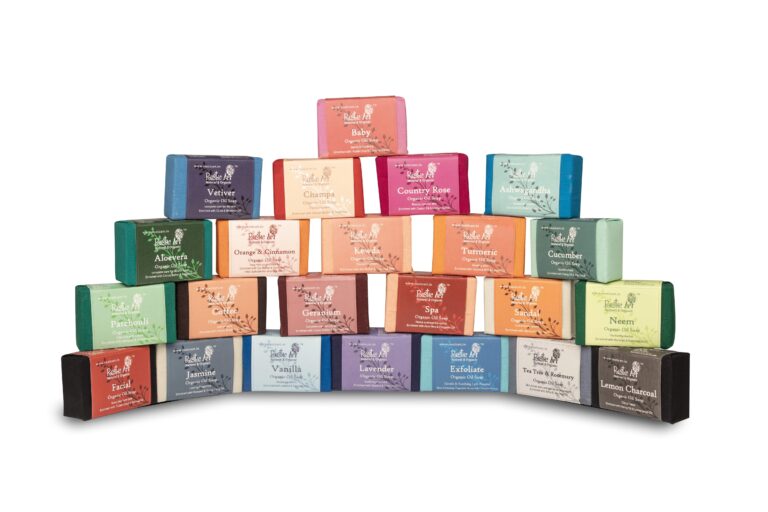Paytaan is a cultural enterprise deriving its name from the Maharashtrian slang for leather slippers. As the name suggests, their focus is on the manufacture and trade of leather footwear, with their main product line being Kolhapuri chappal.
Kolhapuri chappals date back to over 800 years ago as per written history, worn mainly by the royal lineage- a matter of honor. This elevates the importance of this uniquely crafted product in the cultural history of India. Paytaan is more than just chappals – they are focused on building a better ecosystem for this industry while creating an international brand for Indian craftsmanship.
Let’s take a deep dive into the roots of Paytaan with the founder, Anurag Kokitkar.
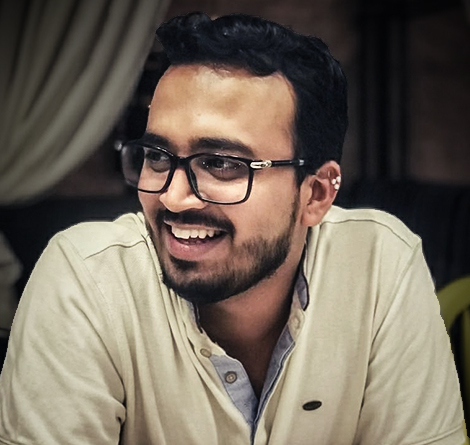
The Birth of Paytaan: An Artisanal Brand
I started Paytaan as a pilot project in the last semester of my MBA course at Symbiosis, Bangalore. What began as a project to assess the demand for Kolhapuri chappal became my passion when I realized the footwear industry’s massive potential. Almost 90% of the demand came from foreigners wanting authentic Kolhapuri chappals, a niche Indian footwear. This was when I recognized the immense commercial potential of Indian craftsmanship. With proper branding and marketing, Indian artisanal products can be taken global. I then decided to invest all my time and effort into building something that could turn this dream into a reality, leading to the birth of Paytaan.

The Journey from Trade to Manufacturing: Tackling the Dearth of Authenticity
When I founded Paytaan, our main objective was to acquire Kolhapuri chappals and trade them through eCommerce. Striving towards this goal, we were on 45 eCommerce sites by 2016 and even on Amazon when it first launched.
Yet all this came crashing down when a vendor backed out, leaving us with almost 4000 chappals. Racking our brains for other paths to trade the chappals, we started selling at various exhibitions in and around Mumbai, Pune, Hyderabad, etc., achieving a reasonable degree of success.
The journey till then brought to light a lot of problems to the fore for me. I realized that while the demand for authentic chappals is very high, it is hard to procure them. As a legacy-based business, authentic chappals could only be found in households in villages near Kolhapur. This was when we started shifting some of our focus onto the manufacturing process.
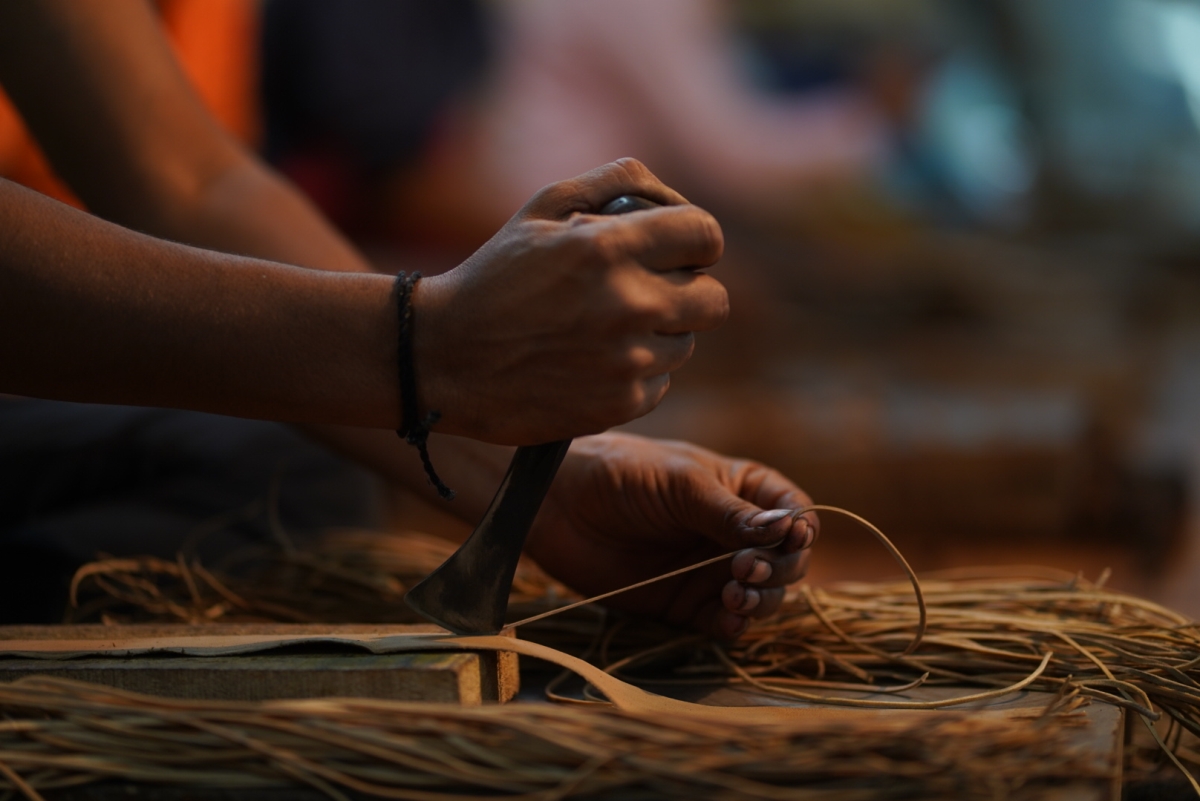
Challenges of the Business: Looking through a Lenses at a Fundamental Level
In any design and craft-based business, the changing times bring about a change in the processes too. However, in this case, techniques were passed through generations and remained the same. Artisans were deliberately kept out of touch with society as they were illiterate. This had them stuck in their ways of production. Youngsters in these families don’t tend to join this industry once they are educated as they see the stark difference in the standard of living. This has resulted in a lack of standardization in the manufacturing and production process.
Added to this, the ecosystem of this business is highly community-controlled, making a high barrier to entry for this industry, and new entrants find it very hard to survive in such an environment.
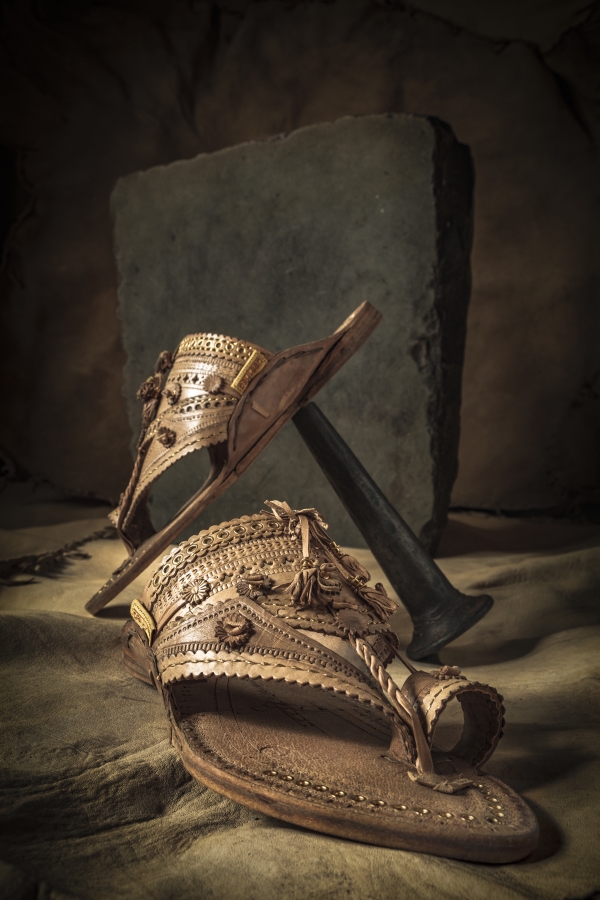
To get a better look at the whole picture and to see whether the Indian cultural footwear industry faces the same manufacturing issues, we went on an India tour to places like Jaipur, Ludhiana, etc. We realized that similar manufacturing problems exist in all these places and decided to create a brand; we needed to work on this from a root level.
We went to the households in the villages and asked them whether they would be ready to work in factory set-ups, which would also increase their standard of living and earn them better wages, but they outright refused. Having been previously exploited by people, they tend to be very wary. Despite this, we slowly started work at this grassroots level to bring together a manufacturing unit using the best techniques to build authentic products.
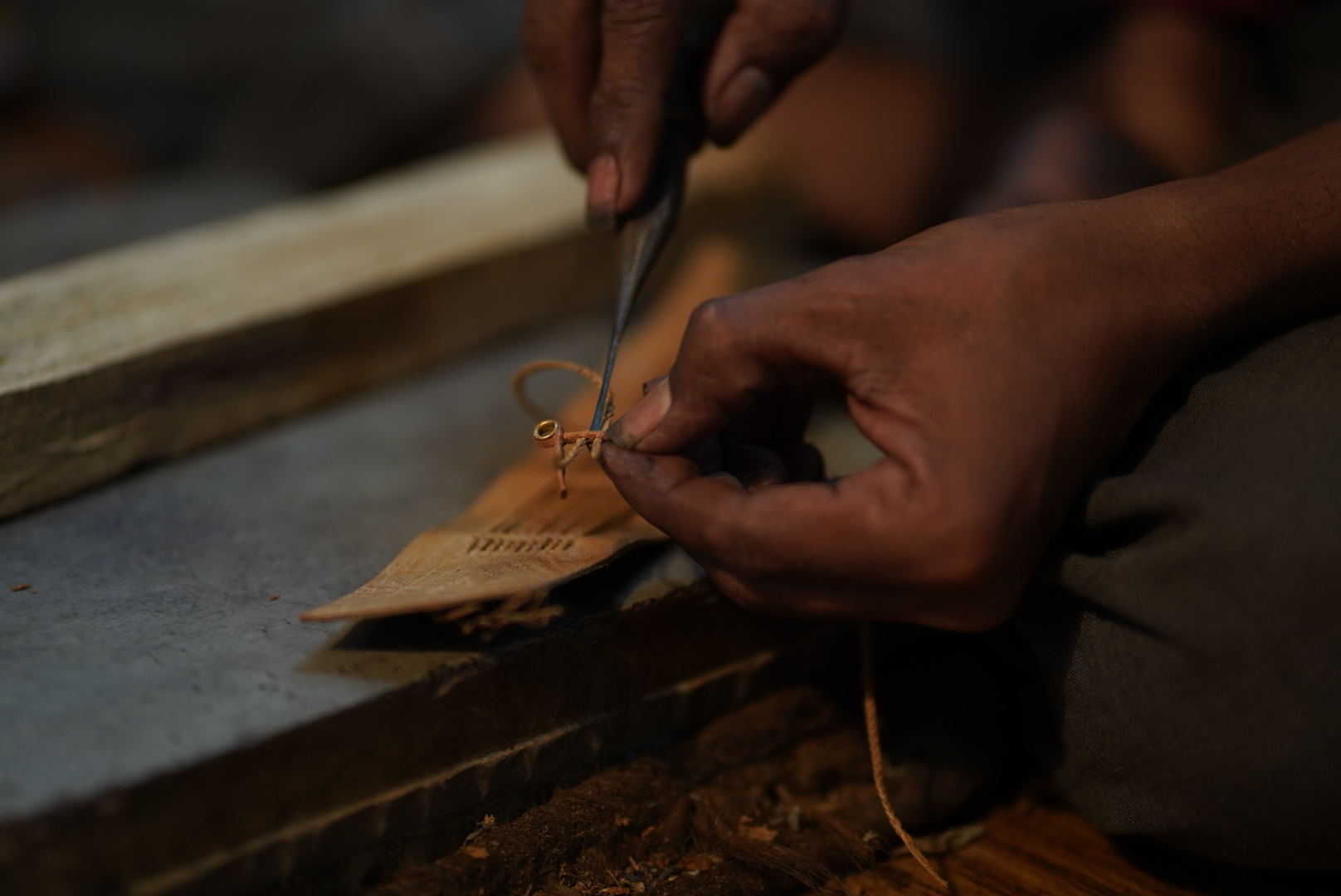
The Market and Future Outlook
Our main lookout is two-fold, building a parallel and sustainable ecosystem for the industry while standardizing and branding the products to target the premium market internationally.
With the current ecosystem, expanding the industry to meet the high demand will be almost impossible with diluted products and no branding or standardization. These problems become worse with lower budgets. Adequate funding is a significant factor that comes into play which is why we are bringing investors on board for funding manufacturing and branding activities. This helps in asset building, which is very important to maintain authenticity and quality.

The Indian perception of footwear like Kolhapuri chappals also needs to change, they are not just uncomfortable footwear to be worn on the once in blue moon occasion, but a treasure trove of Indian culture and heritage passed down through generations. This is why our typical customer is someone who values authenticity and artistic and crafted values and is ready to spend a good amount on them. Shockingly enough, there have been various villagers who are also ready to pay whatever amount it may be for authentic Kolhapuri chappals. Thus, our target is the premium goods market.
MNCs like LVMH tie together various premium products from different countries, but in a diverse country like India, building something like this could very well be achieved from just a single region with the proper branding.
Platforms like NICE: A Dire Need of the Community
Platforms like NICEOrg are the need of the hour. By bringing together cultural enterprises and start-ups that are passion driven and work at the ground level, we could reduce the timeline to build ecosystems. This would adequately utilize the skills of artisans as well as streamline efforts to yield much better outputs. This kind of business building would develop brands that turn into long-lasting legacies.
The Road Ahead
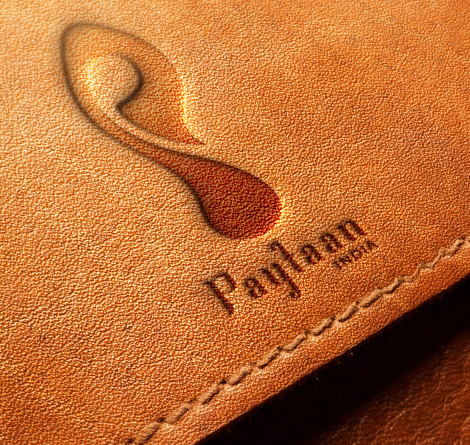
With proper branding and investment in villages, Indian craftsmanship has tremendous potential in domestic and international markets. We shall never let go of our past – only modernize the process to create international standardization and present the beauty and skills of our culture and artisans to the world.
NICEorg wishes them the best of luck in their journey ahead!
If your cultural enterprise is in any of our five focus sectors and you would be interested in being featured, write to us at namaste@niceorg.in.
